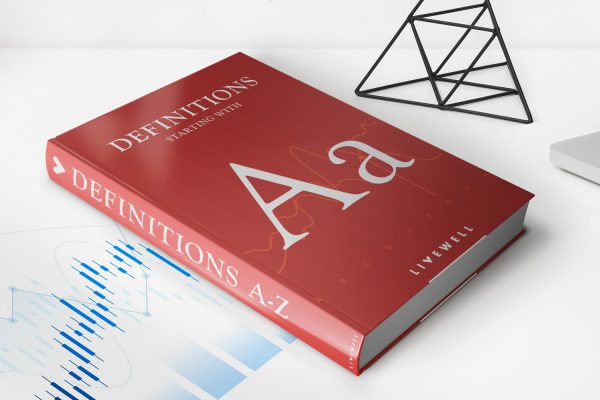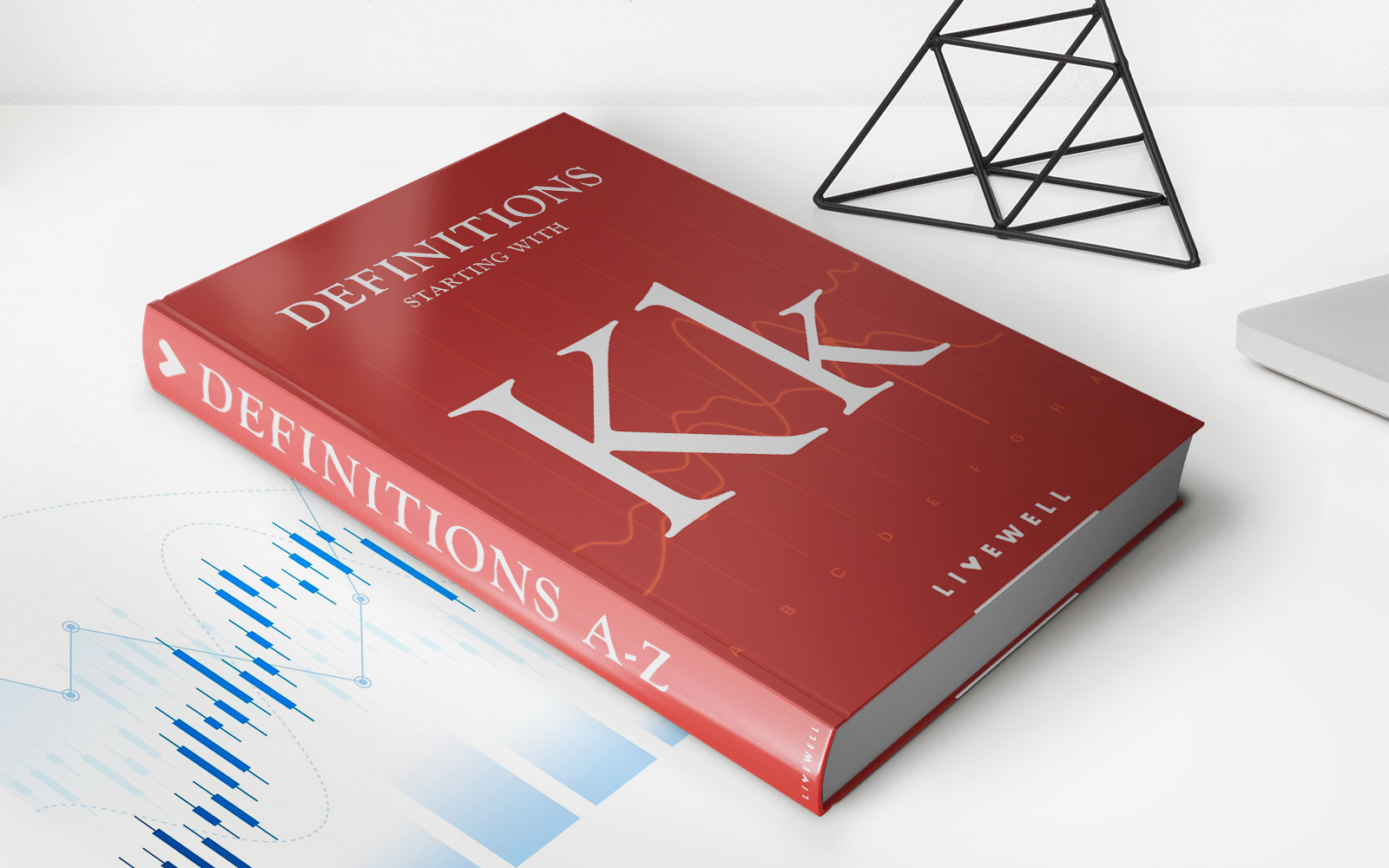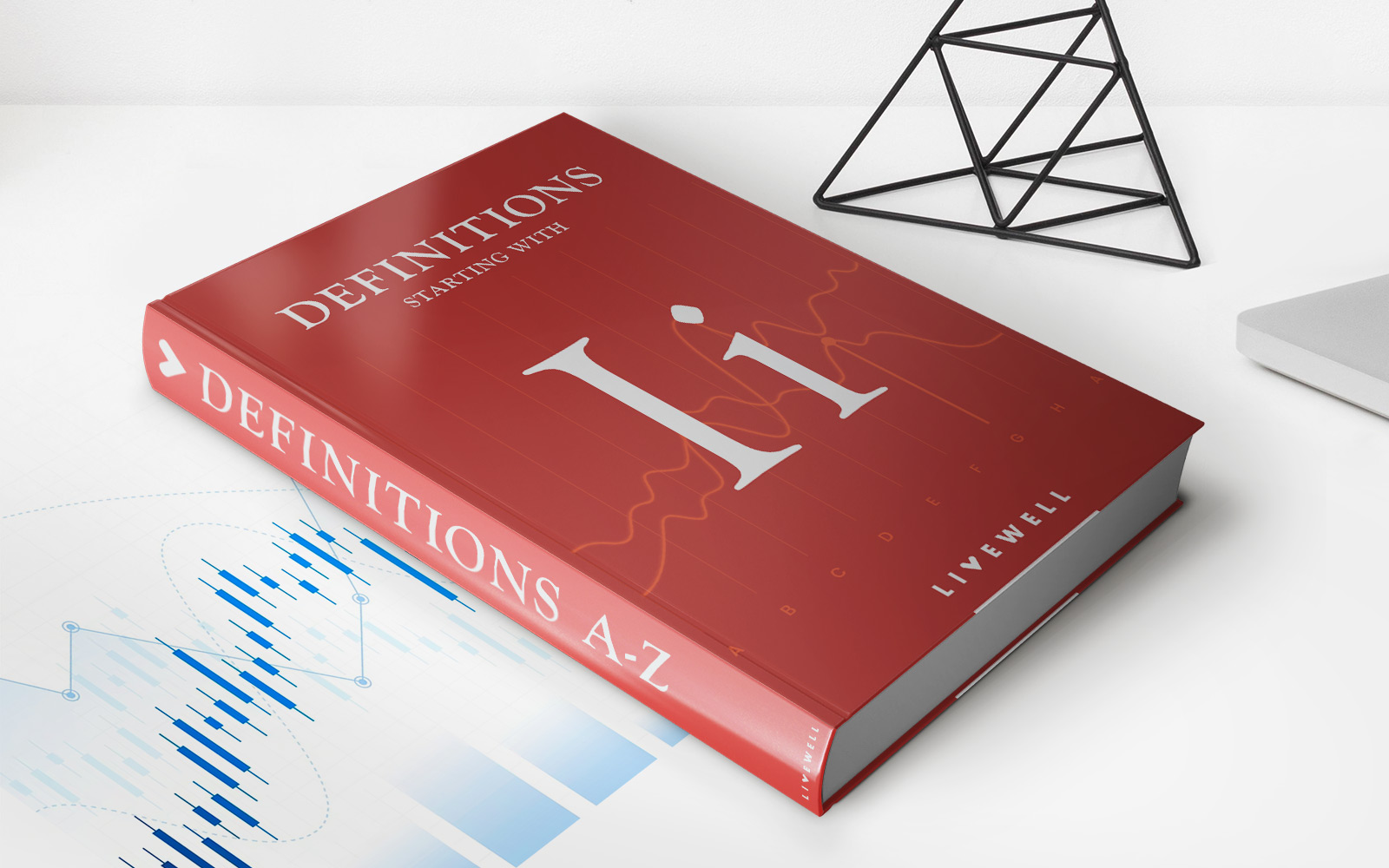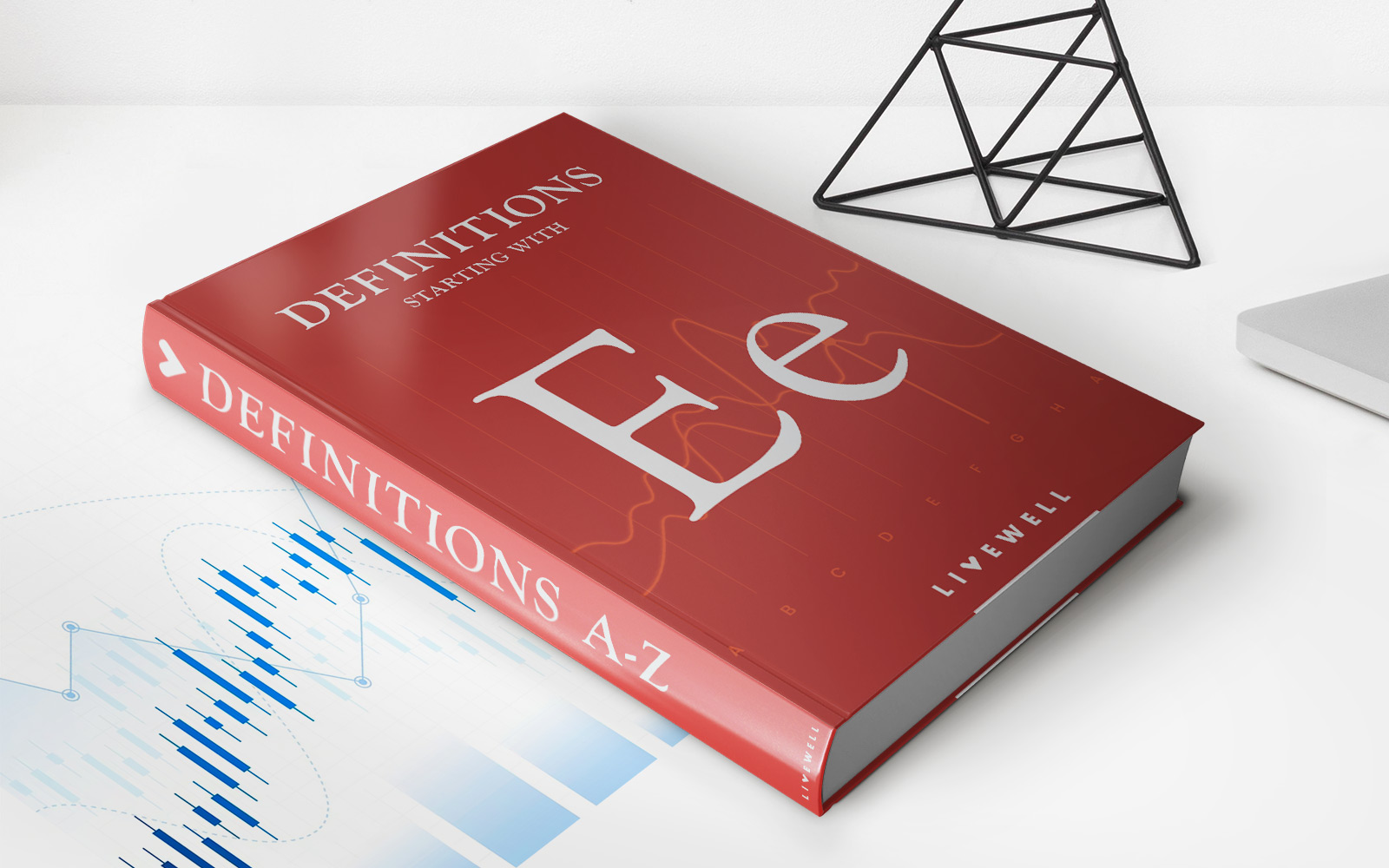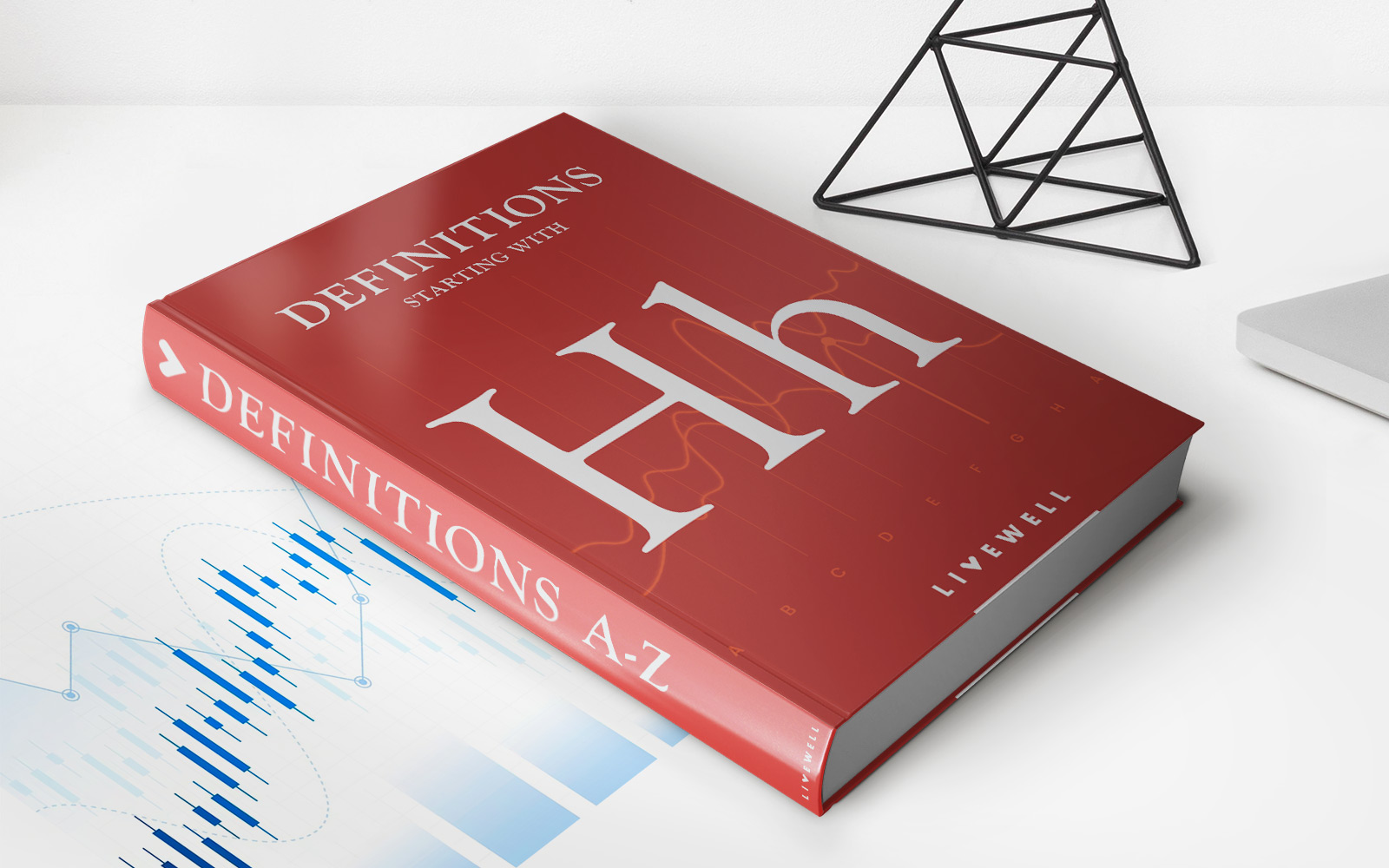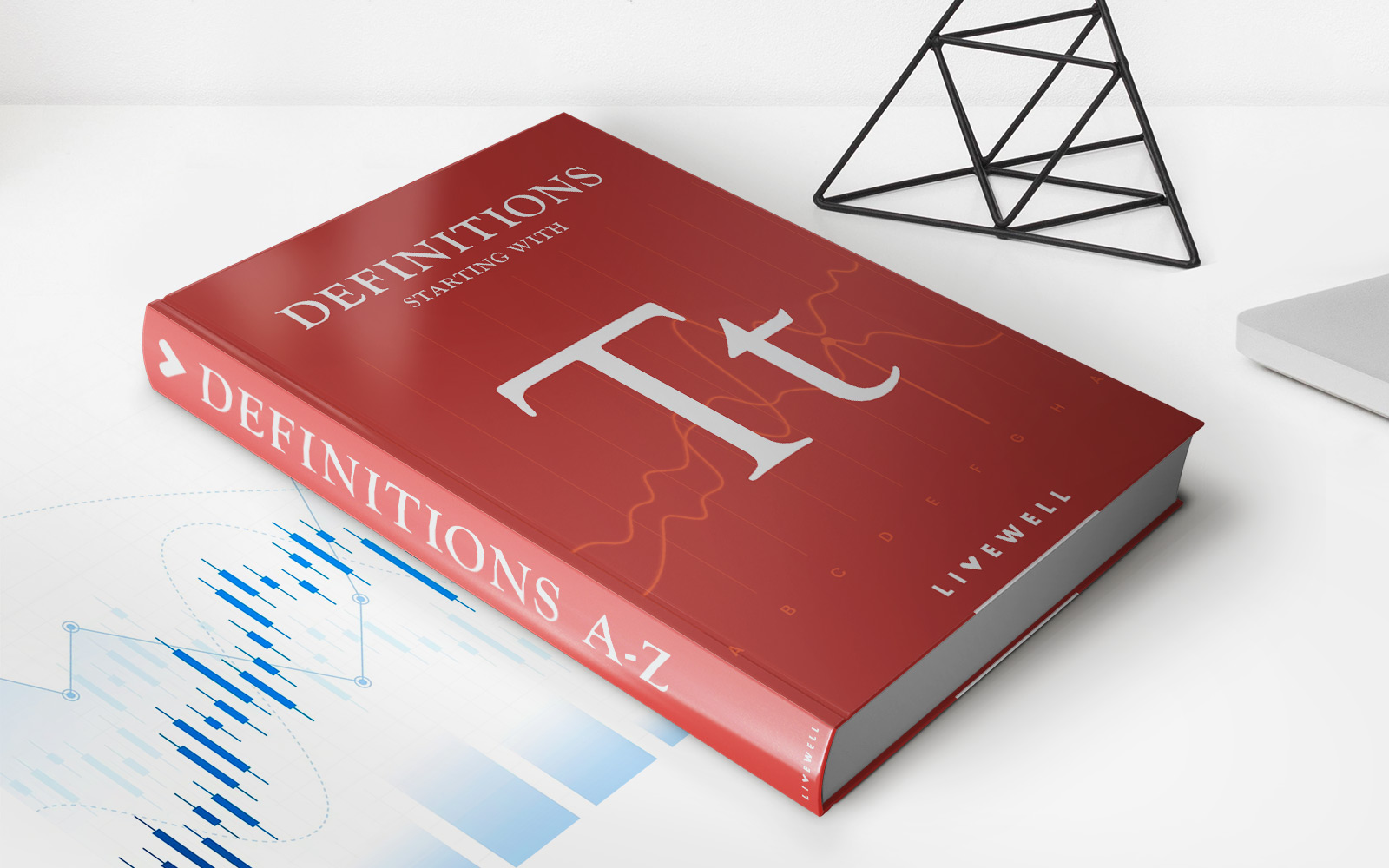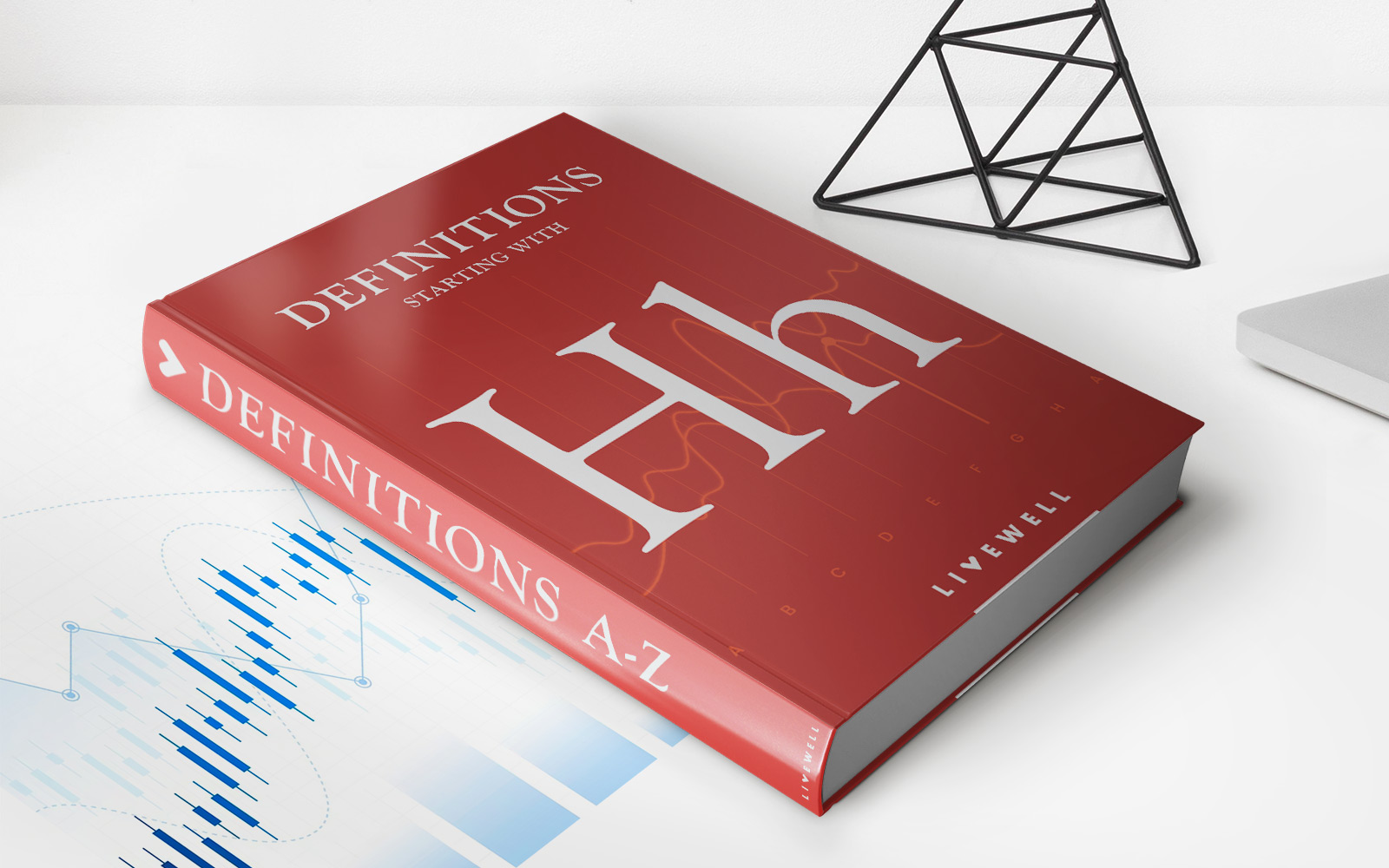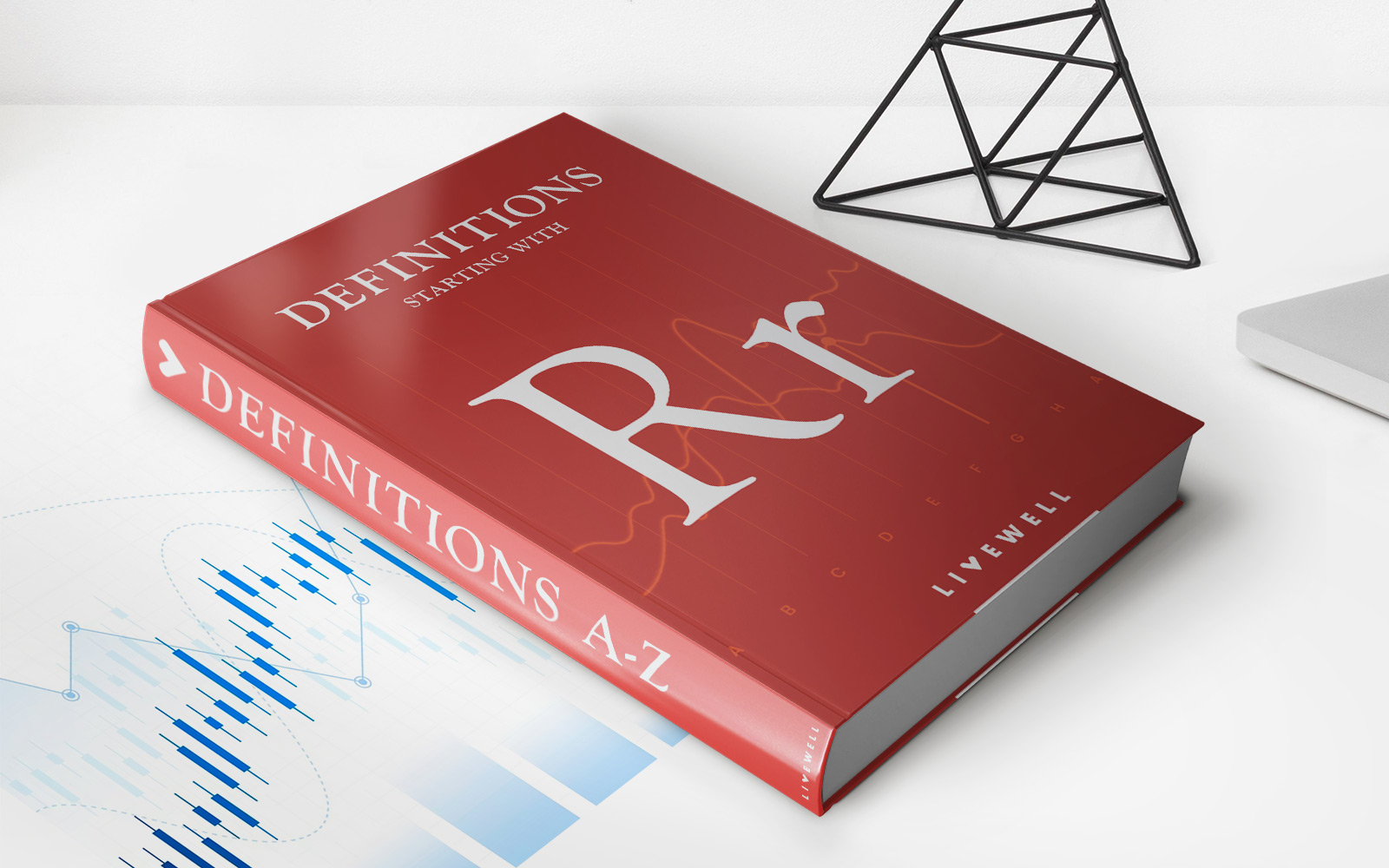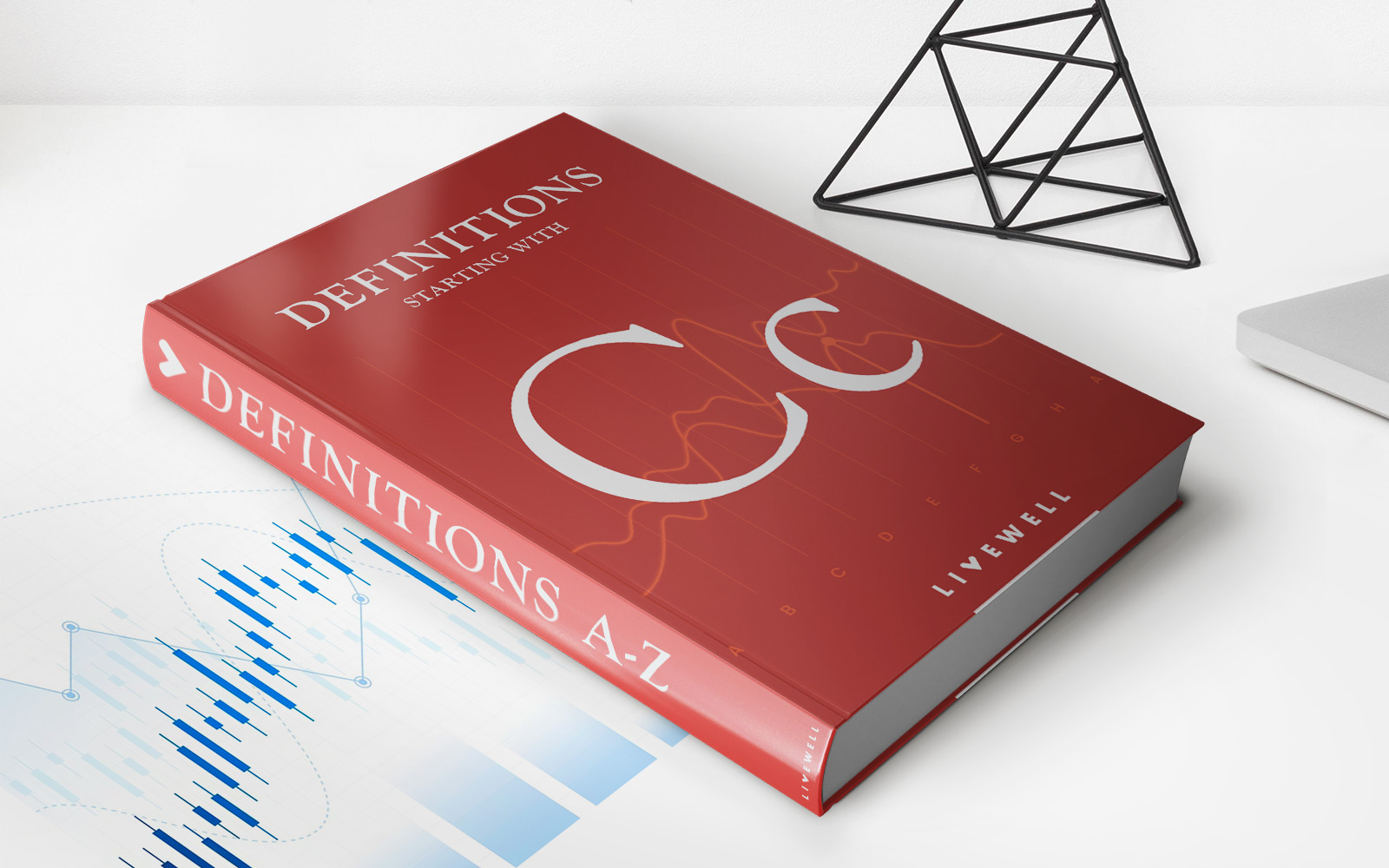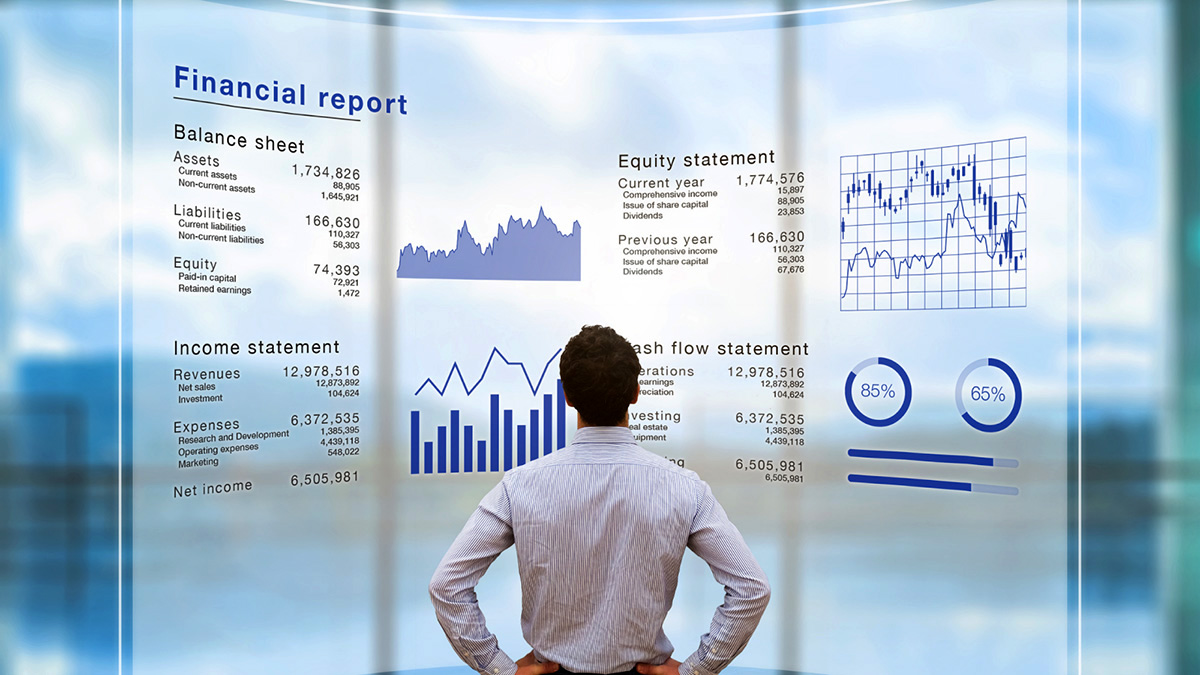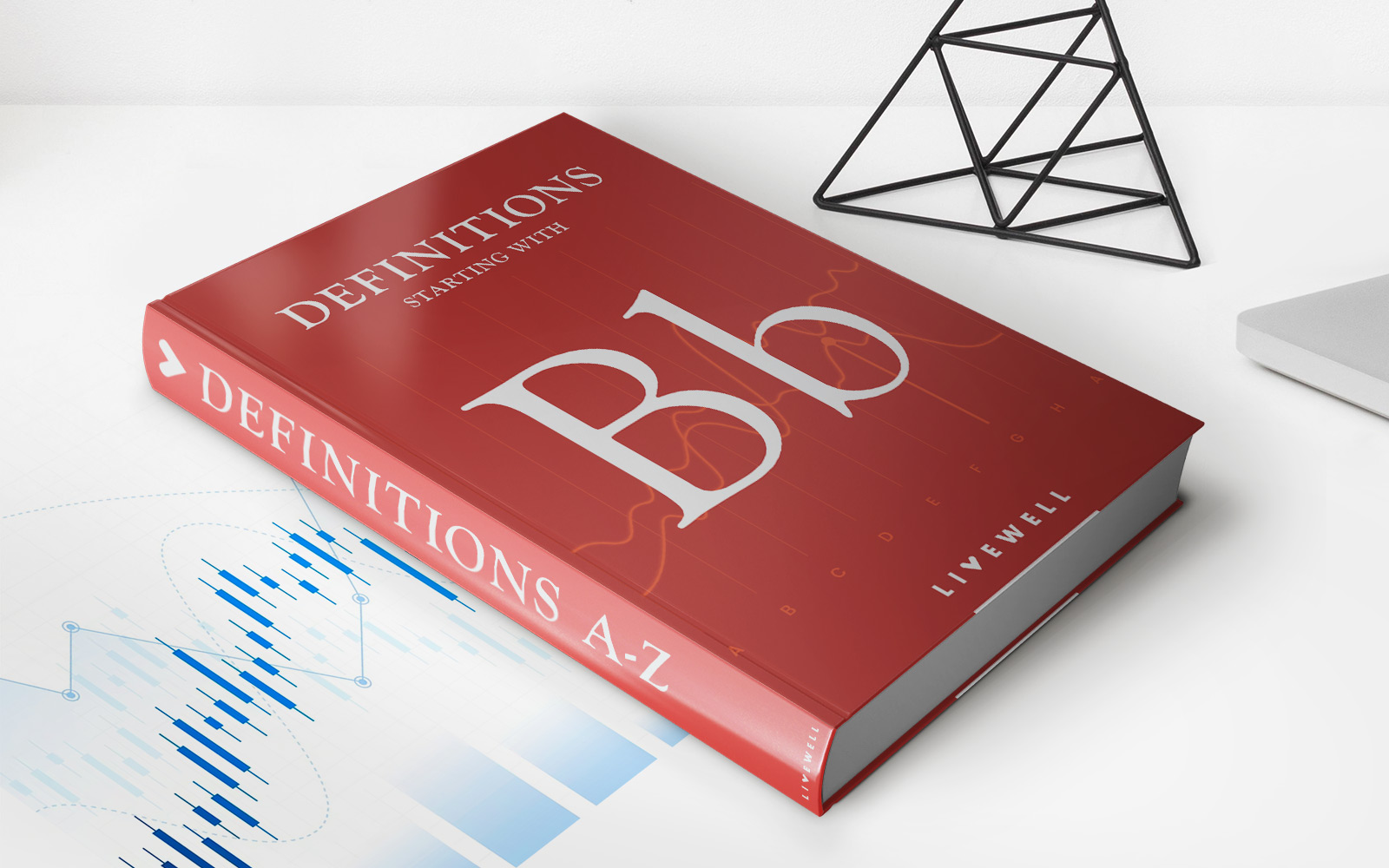Home>Finance>Relative Vigor Index (RVI): Definition, Formula, Uses In Trading
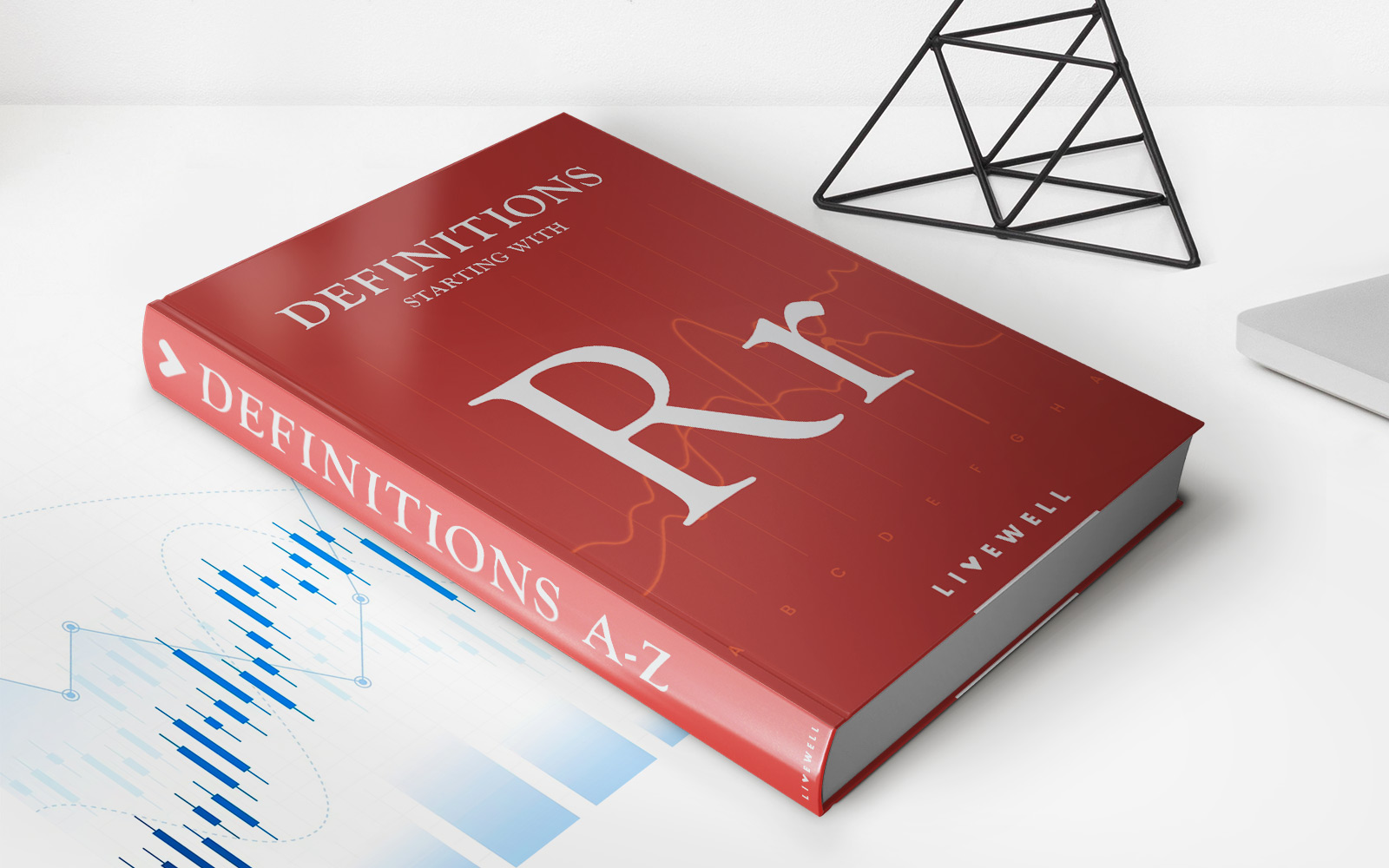

Finance
Relative Vigor Index (RVI): Definition, Formula, Uses In Trading
Published: January 18, 2024
Learn all about the Relative Vigor Index (RVI) in finance trading - its definition, formula, and various uses. Discover how RVI can enhance your trading strategies.
(Many of the links in this article redirect to a specific reviewed product. Your purchase of these products through affiliate links helps to generate commission for LiveWell, at no extra cost. Learn more)
Unlocking the Power of the Relative Vigor Index (RVI) in Trading
When it comes to financial markets, having the right tools and indicators at your disposal can make a world of difference. One such tool that has gained popularity among traders is the Relative Vigor Index (RVI). In this blog post, we will explore the definition, formula, and various uses of RVI in trading.
Key Takeaways:
- RVI is a technical indicator that helps traders measure the strength and direction of price movement.
- The formula for RVI is based on the calculation of the difference between the closing price and the opening price of each period.
Definition of Relative Vigor Index (RVI)
The Relative Vigor Index (RVI) is a popular momentum oscillator that measures the strength and direction of price movement in the market. It was developed by John Ehlers and introduced to traders in the 1990s. RVI is primarily used to identify potential trend reversals and market entry/exit points.
The RVI is based on the concept that the closing price tends to be higher than the opening price in an uptrend, indicating buyer strength, while the closing price is often lower than the opening price in a downtrend, suggesting seller dominance. By comparing the relative strength of these two price components, the RVI helps traders identify whether buying or selling pressure is dominating the market.
Formula for Relative Vigor Index (RVI)
The formula for calculating RVI is relatively simple yet effective. It involves the following steps:
- Calculate the difference between the closing price and the opening price for each period.
- Calculate the moving average of the price difference over a specified number of periods.
- Calculate the moving average of the absolute price difference over the same number of periods.
- Divide the first moving average by the second moving average to obtain the RVI value.
This formula allows the RVI to capture both the direction and magnitude of price movement.
Uses of RVI in Trading
The Relative Vigor Index has a variety of applications in trading. Here are some key uses of RVI:
- Identifying trend reversals: RVI can help traders identify potential trend reversals by looking for divergences between price movement and the RVI line. A bullish divergence occurs when the RVI makes higher lows while the price makes lower lows, indicating a possible upward trend reversal. Conversely, a bearish divergence occurs when the RVI makes lower highs while the price makes higher highs, suggesting a possible downward trend reversal.
- Confirming price trends: RVI can be used in conjunction with other technical analysis tools to confirm the strength of a price trend. If the RVI line moves in the same direction as the price, it provides confirmation of the prevailing trend. On the other hand, if the RVI line diverges from the price movement, it may suggest a weakening trend or potential trend reversal.
- Generating overbought and oversold signals: Similar to other oscillators, RVI can indicate overbought and oversold conditions in the market. Traders can use RVI to identify potential buying opportunities when the RVI line is in oversold territory (below a specific threshold) and potential selling opportunities when the RVI line is in overbought territory (above a specific threshold).
- Adding to trading strategies: RVI can be incorporated into existing trading strategies to enhance decision-making. For example, traders can combine RVI with other indicators, such as moving averages or trendlines, to create a comprehensive trading strategy.
In conclusion, the Relative Vigor Index (RVI) is a valuable tool for traders looking to analyze price momentum and identify potential trend reversals. By understanding the RVI’s definition, formula, and uses in trading, you can add it to your arsenal of tools and improve your trading decisions.
